Dinosaurs weren’t the only colossal creatures roaming Earth 200 million years ago. A new fossil discovery suggests they shared the planet with a plant-eating beast that resembled a rhinoceros with a turtle’s beak.


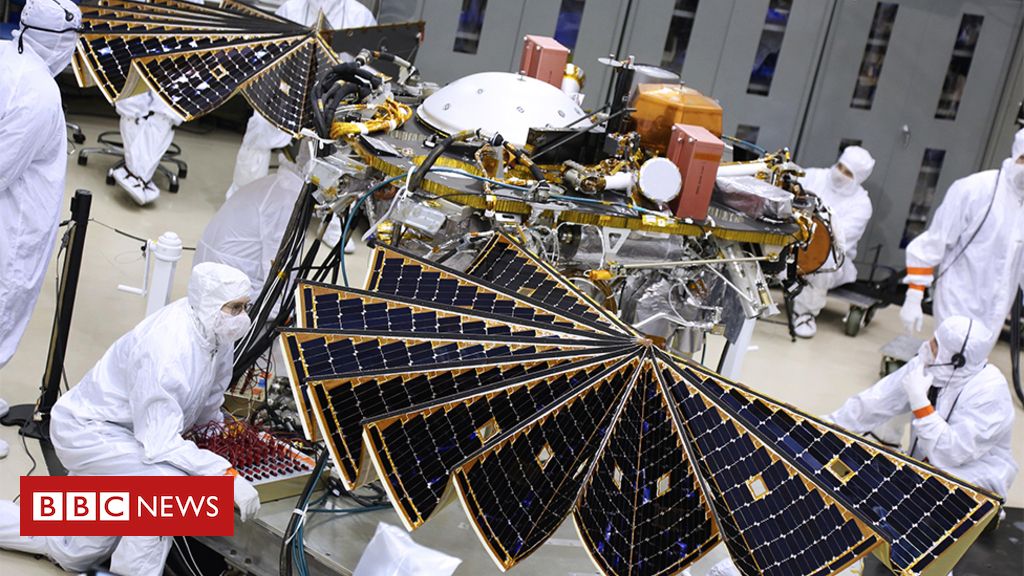
EXPLORER, the world’s first medical imaging scanner that can capture a 3D picture of the whole human body at once, has produced its first scans.
The brainchild of UC Davis scientists Simon Cherry and Ramsey Badawi, EXPLORER is a combined positron emission tomography (PET) and X-ray computed tomography (CT) scanner that can image the entire body at the same time. Because the machine captures radiation far more efficiently than other scanners, EXPLORER can produce an image in as little as one second and, over time, produce movies that can track specially tagged drugs as they move around the entire body.
The developers expect the technology will have countless applications, from improving diagnostics to tracking disease progression to researching new drug therapies.

WASHINGTON (AP) — The next generation of biotech food is headed for the grocery aisles, and first up may be salad dressings or granola bars made with soybean oil genetically tweaked to be good for your heart.
By early next year, the first foods from plants or animals that had their DNA “edited” are expected to begin selling. It’s a different technology than today’s controversial “genetically modified” foods, more like faster breeding that promises to boost nutrition, spur crop growth, and make farm animals hardier and fruits and vegetables last longer.
The U.S. National Academy of Sciences has declared gene editing one of the breakthroughs needed to improve food production so the world can feed billions more people amid a changing climate. Yet governments are wrestling with how to regulate this powerful new tool. And after years of confusion and rancor, will shoppers accept gene-edited foods or view them as GMOs in disguise?

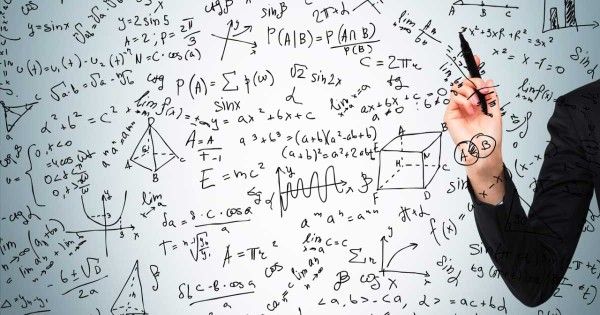
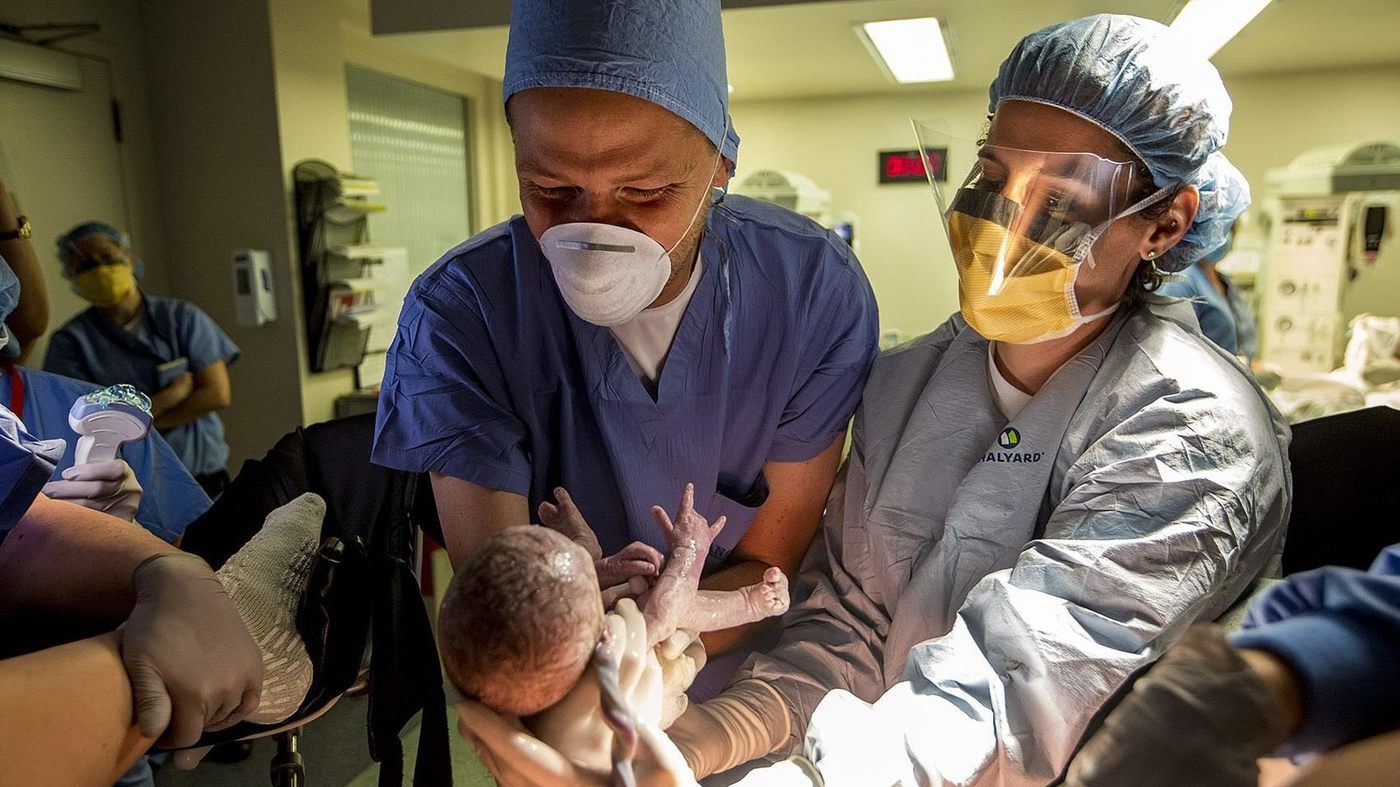
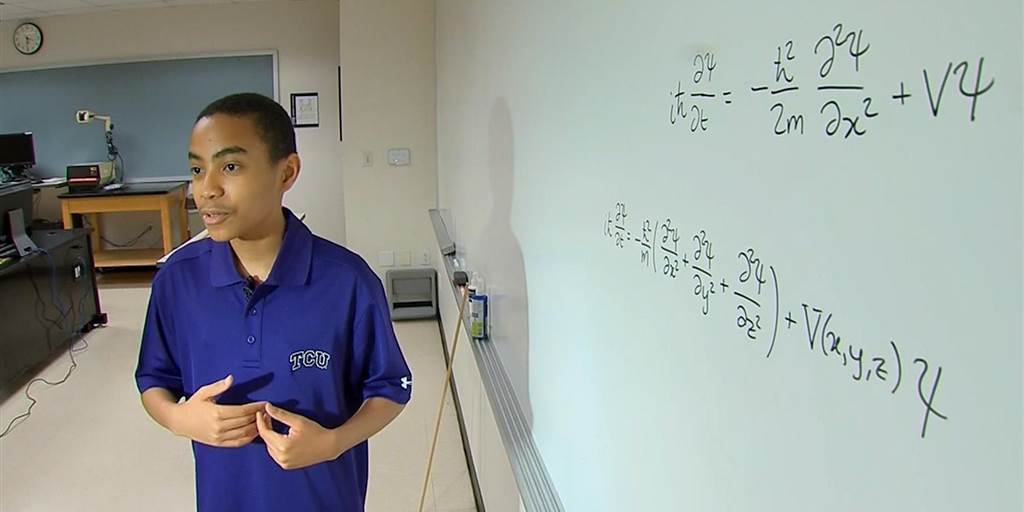
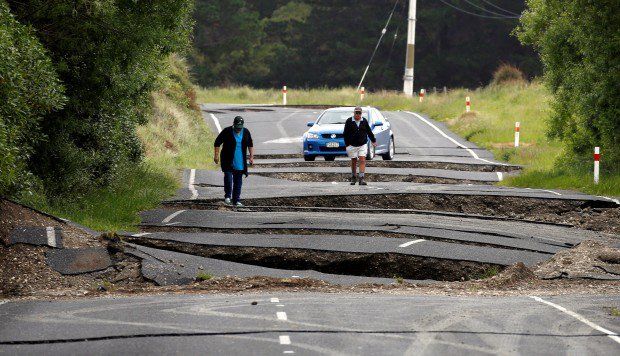
However, the gap from Cape Campbell, where the main rupture ended in the South Island, and the New Zealand capital Wellington at the bottom of the North Island is still more than 50km.
At least 25 fault lines ruptured in the 2016 quake, which earthquake geologist Rob Langridge from the government’s geoscience research organisation GNS Science said made it one of the most complex earthquakes observed anywhere in the world.
Fellow GNS scientist Sigrun Hreinsdottir told the Stuff website on Friday that the sheer number of faults made it difficult to distinguish which was responsible for the post-quake creep.
Satellites and rockets are getting smaller. Why not rovers, too?